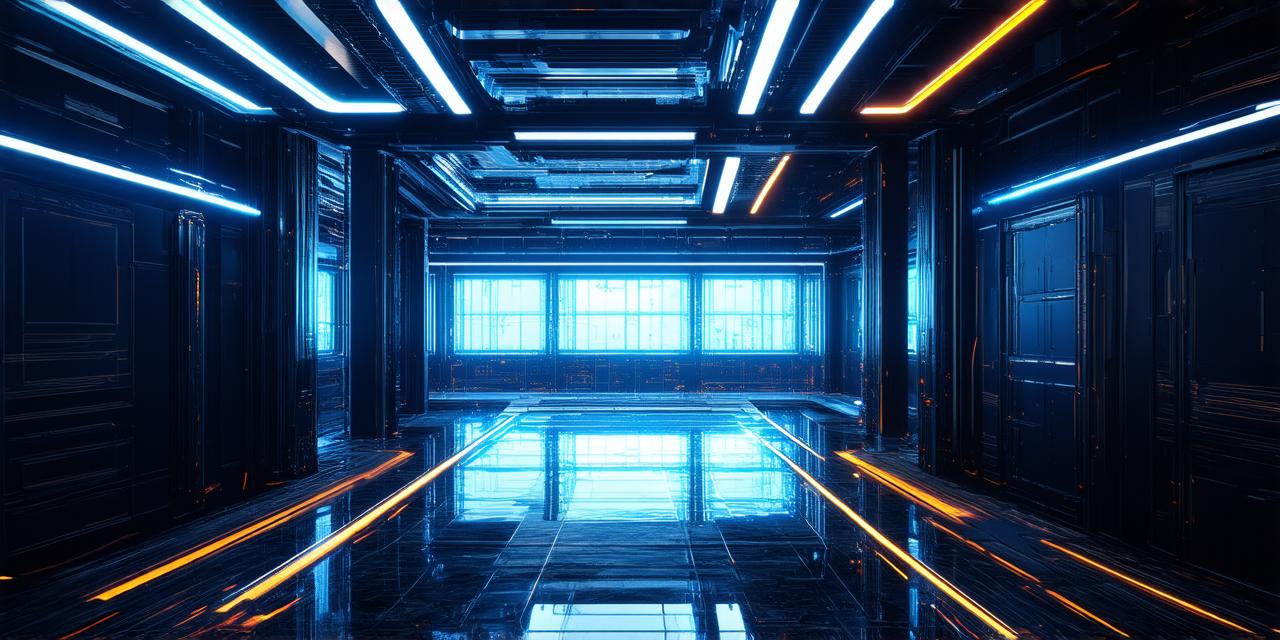Unreal Engine (UE) is one of the most popular game engines used by developers worldwide. UE offers a wide range of features, including visual scripting capabilities through its Blueprint system. In this article, we will explore the different aspects of the Blueprints feature in UE5 and how it can be used to create interactive and engaging game experiences.
What are Blueprints?
Blueprints are a visual way of programming in Unreal Engine. They are created using a graph-based interface, where you drag and drop nodes that represent various gameplay elements like actors, physics, and animations. The nodes can be connected together to create complex systems without the need for any coding knowledge. This makes Blueprints an ideal tool for game designers who want to create interactive game experiences quickly and efficiently.
How do Blueprints work?
When you create a new Blueprint in UE5, you are presented with a blank canvas that contains several categories of nodes. These categories include Basic, Control Flow, Logic, Math, Motion, and User Interface. Each category contains various nodes that represent different gameplay elements.
To use Blueprints, you need to drag and drop the nodes onto the canvas and connect them together using edges. The nodes can be customized by modifying their properties and parameters. You can also add logic to your Blueprints by using conditional and looping nodes, which allow you to create complex decision-making systems and gameplay mechanics.
Advantages of using Blueprints
Blueprints offer several advantages over traditional coding methods. Firstly, they are easier to learn and use, as they require no coding knowledge. This makes them ideal for game designers who want to create interactive game experiences quickly and efficiently. Secondly, Blueprints are more flexible than code, as they can be easily modified and customized without the need for any changes to the underlying code.
Blueprints also offer better collaboration between team members, as they provide a visual representation of gameplay systems that can be easily understood by non-technical team members. This makes it easier for designers, artists, and other stakeholders to work together to create cohesive game experiences.
Limitations of using Blueprints
Despite its many benefits, Blueprints also have some limitations. One of the main limitations is that they can become unwieldy when used to create complex systems with a lot of nodes and edges. This can make it difficult to maintain and update your Blueprints over time. Additionally, Blueprints can be slower than code in terms of performance, as they require more memory and processing power to execute.
Summary
In conclusion, Blueprints are a powerful tool for game designers who want to create interactive and engaging game experiences quickly and efficiently. UE5 offers a wide range of features that make it easy to use Blueprints to create complex gameplay systems without the need for any coding knowledge. While Blueprints have some limitations, they offer several advantages over traditional coding methods, making them an essential tool for game development.
